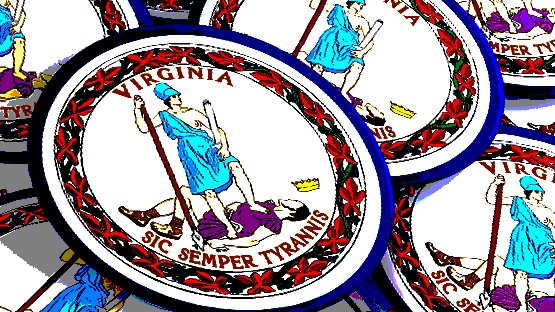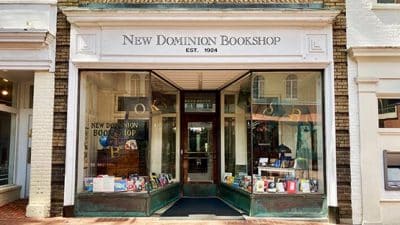
If you’re like most people, you either love or hate the sweet, tri-colored candy corn that comes back into popularity every Halloween season.
Whether it reminds you of the nostalgic autumnal nights of your childhood or the texture makes your spine shiver, you can’t deny its success.
This past year, the National Confectioners Association ranked candy corn as the third most popular Halloween candy in the U.S.
Why is candy corn so popular?
But, if so many people hate candy corn, why is it so popular? Melissa Wright of the Virginia Tech Food Science and Technology Department is here to settle the feud and bring some facts to the argument.
“I think that in today’s world, many decisions exist at the extremes of the spectrum,” says Wright. “With candy corn, specifically, consumers probably love the nostalgia of it more than they do the actual flavor. Meanwhile, consumers that hate the candy almost always seem to use the texture as their rationale.”
Wright explains that the iconic orange, yellow, and white color of candy corn may explain its popularity with consumers.
“The look and color of candy corn just evoke fall vibes, the same way that Easter candy is brightly colored to mimic the spring flowers that are usually just around the bend,” said Wright. “People see it on the shelf in the grocery store and, without much thought about how much they may have thrown away the previous year, throw it in their cart.”
An interesting factor to note about candy corn is that it’s not very trick-or-treating friendly. Instead of being wrapped individually, it comes in large bags making it difficult to pass out.
“This tells us that people are buying it for their own consumption or as a treat to put out in a candy dish on their desk or in a bowl at a party,” said Wright.
Wright also compares candy corn to other seasonal treats and emphasizes that consumers tend to purchase ideas that have seasonal or restricted availability.
“Consumers want to secure their piece of anything that has limited availability, whether it be candy corn at Halloween, cordial cherries and Whitman’s samplers at Christmas, Peeps at Easter or canned cranberry sauce at Thanksgiving.”
This explains the psychological aspects of why people buy candy corn.
What about the flavor itself?
Many describe the flavor as sickeningly sweet while others find the treat satisfies their sweet tooth.
“The relative simplicity of vanilla and marshmallow flavors can be enjoyable when the trends in candy seem to be moving towards more savory notes and complex combinations of ingredients,” said Wright. “But there is nothing to break up the potentially cloying flavor, consumers may not be able to eat more than several pieces at any time.”
Though the debate may never settle, candy corn continues to thrive as consumers go back to the sweet treat every Halloween season.
“I don’t really know why candy corn has remained so popular for over 100 years, but I do know that I do my part and buy at least one bag every year,” Wright says. “So maybe it’s that candy corn isn’t really all that popular to eat, but just that it gets purchased (and subsequently discarded) by a very large number of households.










